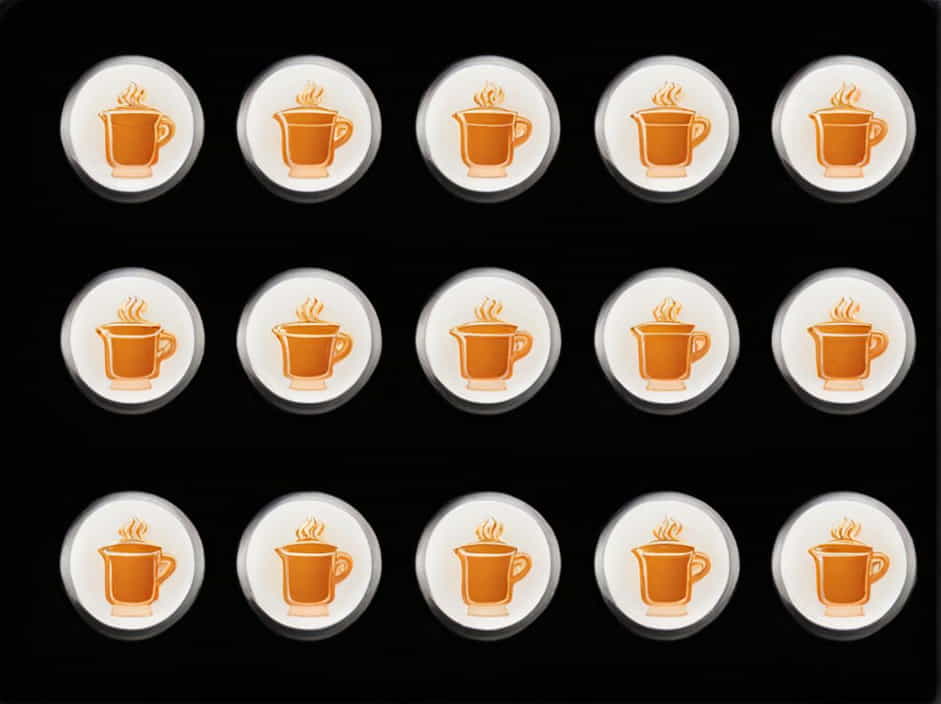A servery in a kitchen is a functional space designed to make food service more efficient. Commonly found in homes, restaurants, and cafes, a servery acts as a connection between the kitchen and the dining or serving area. It helps streamline meal preparation, serving, and even cleanup.
In this topic, we’ll explore what a servery is, its key features, benefits, and design ideas to help you make the most of this useful kitchen feature.
What Is a Servery in a Kitchen?
A servery is a pass-through area between the kitchen and another space, such as a dining room, patio, or serving station. It often includes a countertop, storage, and sometimes cabinets or a window. A servery allows food and drinks to be easily transferred from the kitchen to the serving area without disrupting cooking activities.
Serveries can be found in both residential and commercial kitchens. In homes, they enhance convenience, while in restaurants, they help speed up service and improve workflow.
The Purpose of a Servery
A kitchen servery serves multiple functions, including:
- Efficient Food Service: Reduces the time needed to transfer food from the kitchen to the dining area.
- Better Organization: Keeps the kitchen workspace clear by designating an area for serving.
- Improved Communication: Allows better interaction between kitchen staff or family members.
- Convenience for Entertaining: Makes it easier to serve guests without needing to carry heavy trays through doorways.
Common Types of Serveries
1. Indoor Kitchen Servery
An indoor servery is typically found between the kitchen and dining area. It can be a simple pass-through window with a countertop or a more elaborate setup with built-in storage and shelving.
2. Outdoor Kitchen Servery
This type of servery connects the indoor kitchen to an outdoor entertaining space, such as a patio or deck. It often includes a bi-fold or sliding window, making it easy to serve food and drinks to guests outside.
3. Café or Restaurant Servery
In commercial kitchens, serveries help streamline food service between chefs and waitstaff. They may include warming trays, heat lamps, or shelving for organizing plates and orders.
4. Butler’s Pantry Servery
A butler’s pantry servery is a small area between the kitchen and dining room used for staging meals, storing dishes, and even cleaning up. It adds a level of sophistication to formal dining spaces.
Key Features of a Kitchen Servery
A well-designed servery includes several functional elements:
1. Pass-Through Window or Opening
A pass-through window allows food and drinks to be easily transferred between spaces. Popular options include sliding glass windows, bi-fold windows, or open archways.
2. Countertop or Serving Surface
The countertop provides space for placing dishes, drinks, and utensils. Materials like granite, quartz, or wood are commonly used for durability and style.
3. Storage Cabinets or Shelving
Some serveries include cabinets or open shelves for storing plates, glasses, and other essentials. This helps keep everything organized and within reach.
4. Lighting and Fixtures
Good lighting, such as pendant lights or under-cabinet lighting, enhances visibility and adds a stylish touch to the servery area.
5. Bar or Seating Area
Some serveries double as bar areas, with stools placed along the counter for casual dining or entertaining.
Benefits of Adding a Servery to Your Kitchen
1. Increases Convenience
A servery reduces the need to walk back and forth between the kitchen and dining area, making meal service quicker and easier.
2. Enhances Entertaining Spaces
For those who love hosting guests, a servery makes serving food and drinks seamless, especially in open-plan homes.
3. Maximizes Kitchen Efficiency
With a designated space for serving, the kitchen remains organized, preventing congestion during meal prep.
4. Adds Value to Your Home
A well-designed servery can be a unique selling point that increases the overall value of a property.
5. Creates a Stylish Focal Point
Modern serveries can be designed to complement the overall aesthetic of a kitchen, adding both function and beauty.
Kitchen Servery Design Ideas
1. Open Counter with a Bi-Fold Window
A bi-fold window servery is perfect for homes with an outdoor entertaining area. It allows food and drinks to be passed directly from the kitchen to the patio.
2. Elegant Butler’s Pantry Servery
A butler’s pantry between the kitchen and dining room adds a touch of elegance while keeping tableware neatly stored.
3. Breakfast Bar Servery
A kitchen servery with a bar-style counter and stools creates a casual dining space, ideal for quick meals and coffee breaks.
4. Minimalist Pass-Through Window
A sleek, open pass-through window with a simple countertop provides a modern and functional serving area without taking up too much space.
5. Rustic Wooden Servery
For a farmhouse or rustic kitchen, a wooden countertop with exposed shelves gives the servery a warm and inviting feel.
How to Create a Functional Servery in Your Kitchen
1. Choose the Right Location
Decide where the servery will be most useful—between the kitchen and dining area, or connecting to an outdoor space.
2. Select Durable Materials
Since the servery is a high-traffic area, opt for sturdy materials like stone, wood, or stainless steel.
3. Incorporate Smart Storage Solutions
Consider adding drawers, shelves, or cabinets to keep serving essentials organized.
4. Ensure Proper Lighting
Good lighting enhances visibility, making food prep and service easier. Pendant lights or LED strips work well.
5. Keep the Design Cohesive
Match the servery’s design with your kitchen’s overall aesthetic to create a seamless look.
A kitchen servery is a practical and stylish addition that improves food service, enhances entertaining, and keeps the kitchen organized. Whether you want a simple pass-through window or a fully equipped butler’s pantry, there are plenty of design options to suit different needs. By incorporating a well-planned servery, you can elevate both the functionality and aesthetic appeal of your kitchen space.
